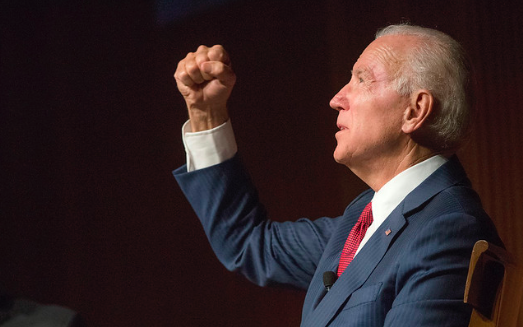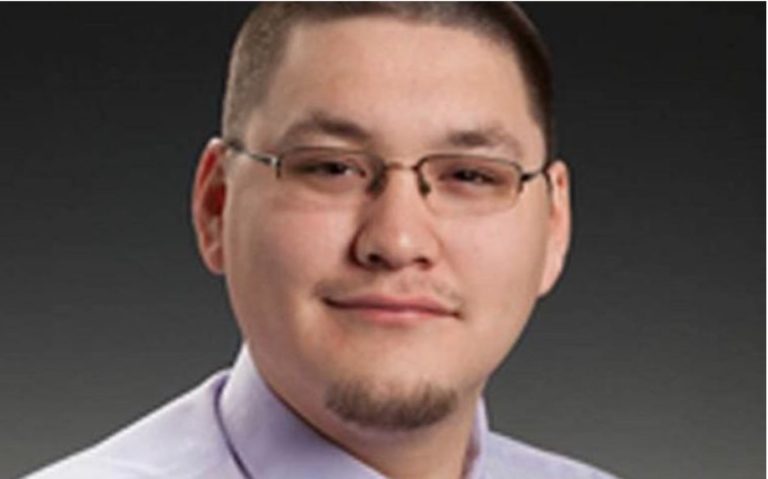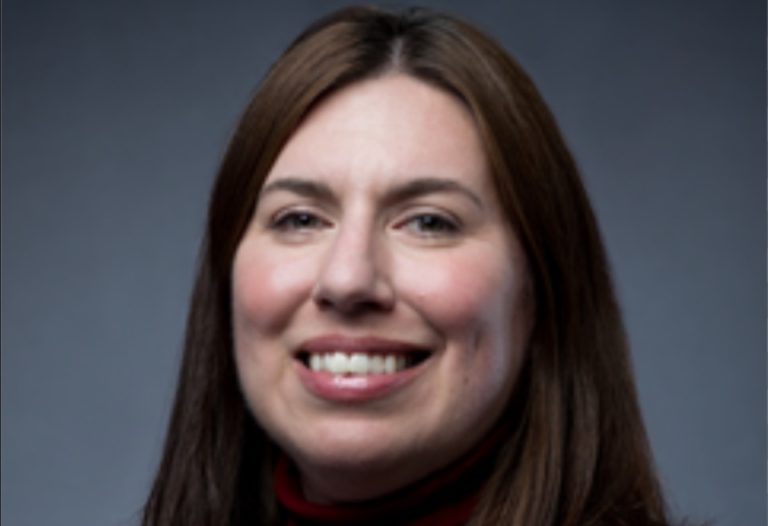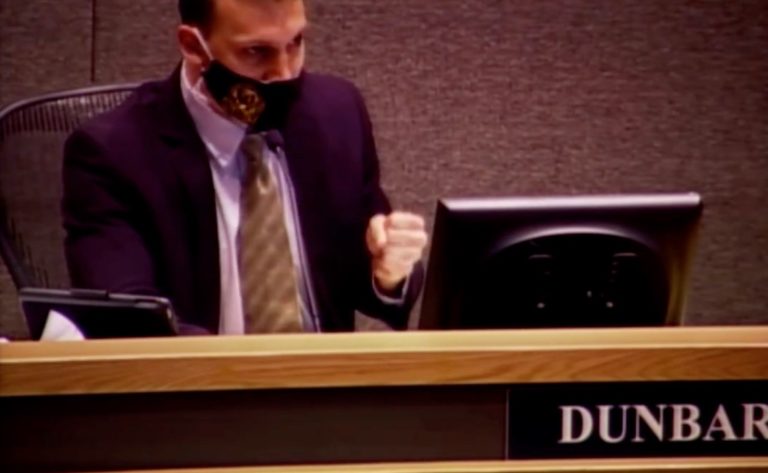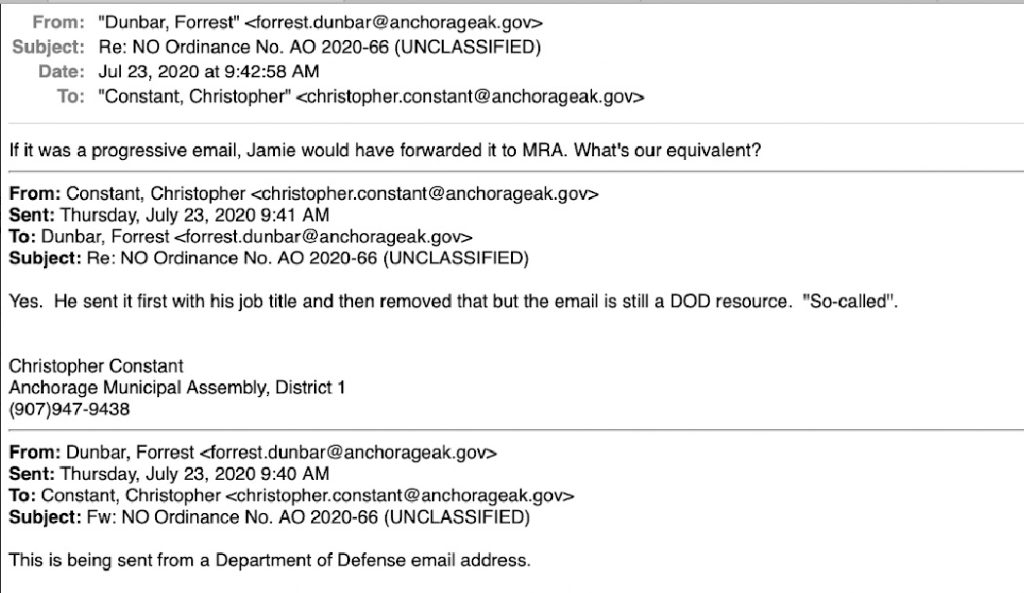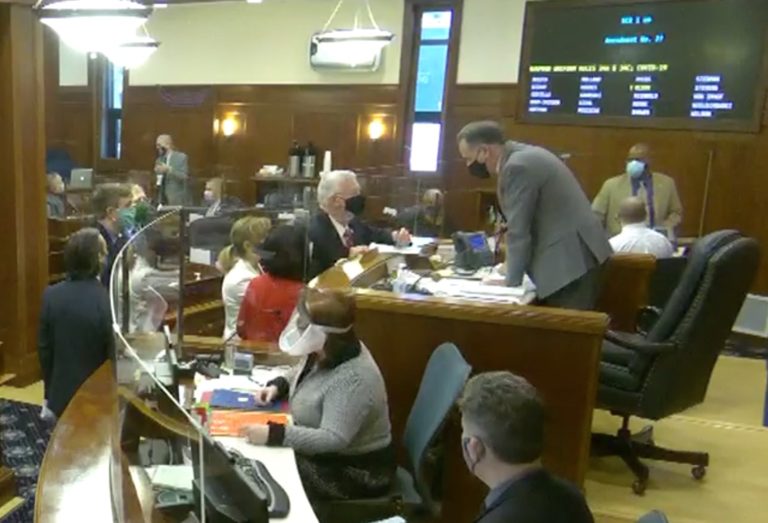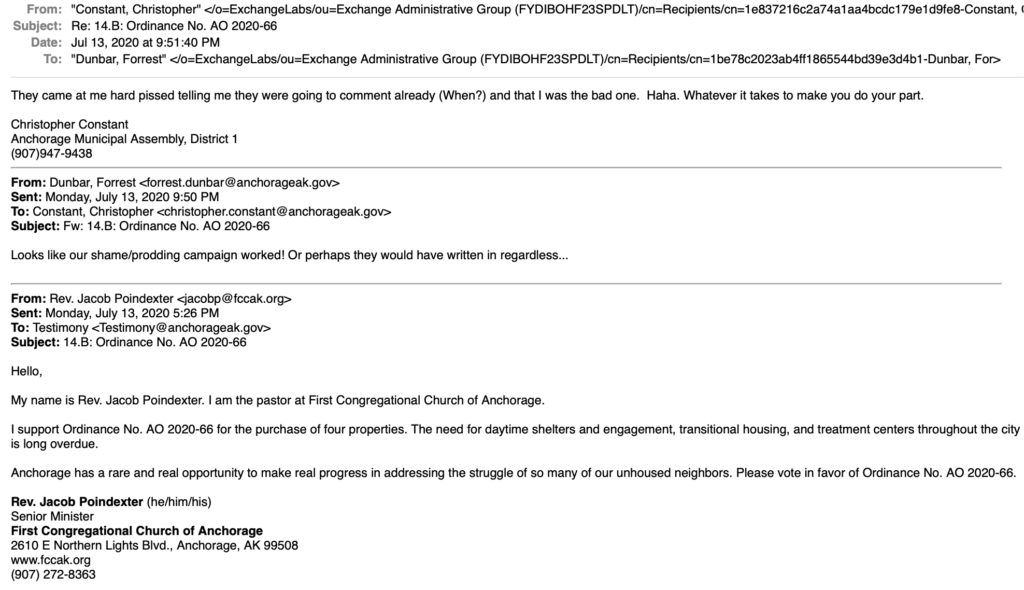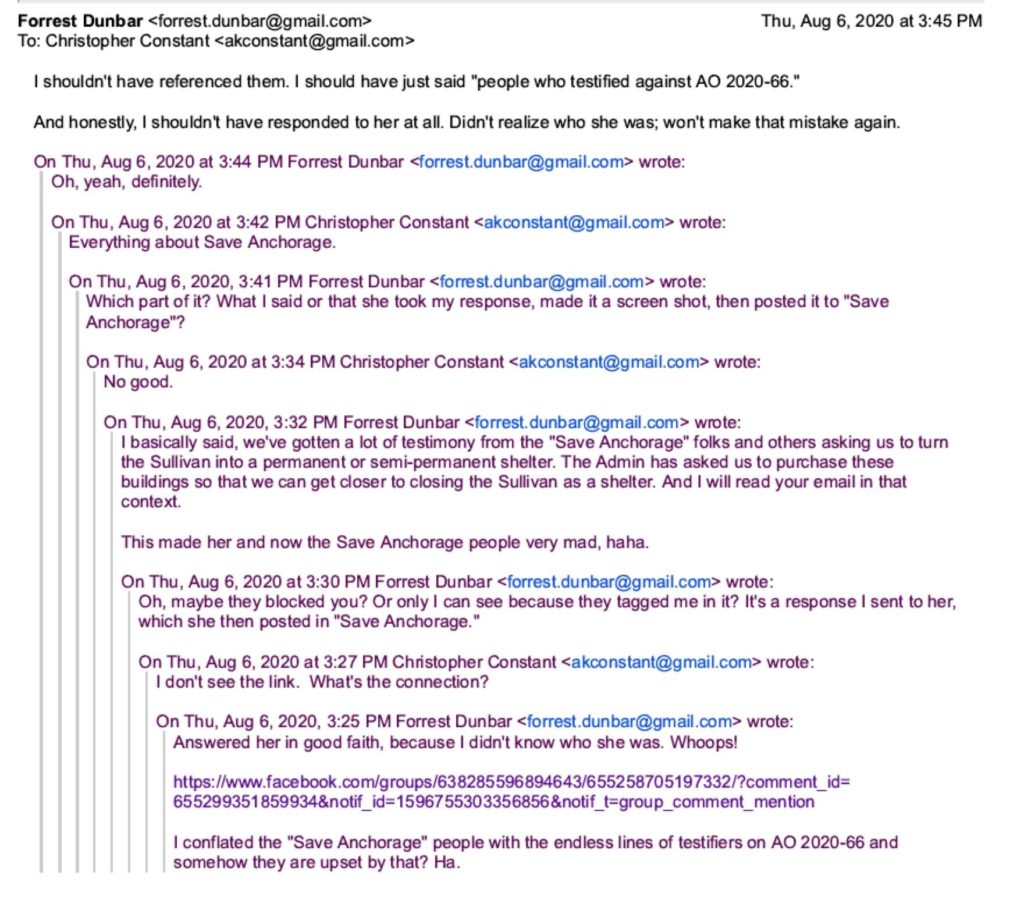The Children of the Corn running amok in the U.S. House did something this week that makes Joseph McCarthy look like PeeWee Herman.
McCarthy, in the Cold War era, pioneered Red Scare inquisitions when he brought up charges of communism against employees of the U.S. government and other institutions. He held hearings. People lost jobs. Later, he was vilified for his tactics and now, “McCarthyism” is a pejorative.
In the case of McCarthy’s inquiries, there actually was some proof that communist spies had infiltrated the federal government, although it is not conclusive. The Verona decrypts and records provide some bread crumbs that historians have followed for years, but some material has gone missing, and the speculation endures.
Bringing up QAnon charges against GOP Rep. Marjorie Taylor Greene of Georgia wasn’t one of those, “Are you now or have you ever been a member of the Communist Party of the USA?”
That would be child’s play.
This was much more insidious, because few in America even know what QAnon is. QAnon theories are widespread and amorphous. QAnon is, in many respects, a fabrication of the news media surrogates of the Left.
But the danger is that what just happened to Rep. Greene can now happen to any of us in America, if Congress decides that something we said or believe or retweeted is a tenet of the new boogieman, “QAnon.” Many people using social media may have unwittingly retweeted or repeated some phrase or meme that links now, or in the future may link to QAnon.
A new form of political witch-hunting has taken hold in the nation’s capital. Some 230 members of the House were motivated to remove Greene from the Education and Budget Committees for her statements from the past, and that number included 11 Republicans.
As Greene stood to defend herself, she felt compelled to go back and explain her political journey from concerned citizen using social media, to candidate, and how she does not believe in QAnon theory any longer and hasn’t for a very long time.
“I was allowed to believe things that weren’t true and I would ask questions about them and talk about them, and that is absolutely what I regret,” Greene said.
She should not have had to say even that much. Many of us have held beliefs at one time or another that we later learned were false, in whole or in part.
Not one member of Congress can say what QAnon theory is, as it is shapeshifting based on wildfire rumors passed around the internet. There is no headquarters for QAnon. There’s no sign-up sheet or oath. Trying to determine what QAnon is is like pushing on a rope.
“I never once said during my entire campaign, QAnon. I never once said any of the things that I am being accused of today during my campaign. I never said any of these things since I have been elected for Congress,” Greene continued, wearing a face mask with the words “FREE SPEECH” printed on the front.
It mattered not. No one would come to her defense. She was left to her own defense for the tribunal that has set . The House stripped her of her committees and thus has made a martyr of her. This cannot end well for them.
Later, Greene wrote that she was grateful for the Democrat “morons” and 11 Republicans who sanctioned her, because since Republicans are in the minority anyway, thus she would have been wasting her time in committee. Now, she has a bigger public platform.
If only lawmakers had stopped to think about Newton’s Third Law: The force exerted by object 1 upon object 2 is equal in magnitude and opposite in direction to the force exerted by object 2 upon object 1. For every action, there is an equal and opposite reaction.
Republicans and Democrats might want to reflect on just how bad this looks for both parties in DC, and how Greene may rise to become a force much more powerful, and one they cannot control if she becomes the symbol for the fight against the swamp of the statists.
Suzanne Downing is publisher of Must Read Alaska and Must Read America.
